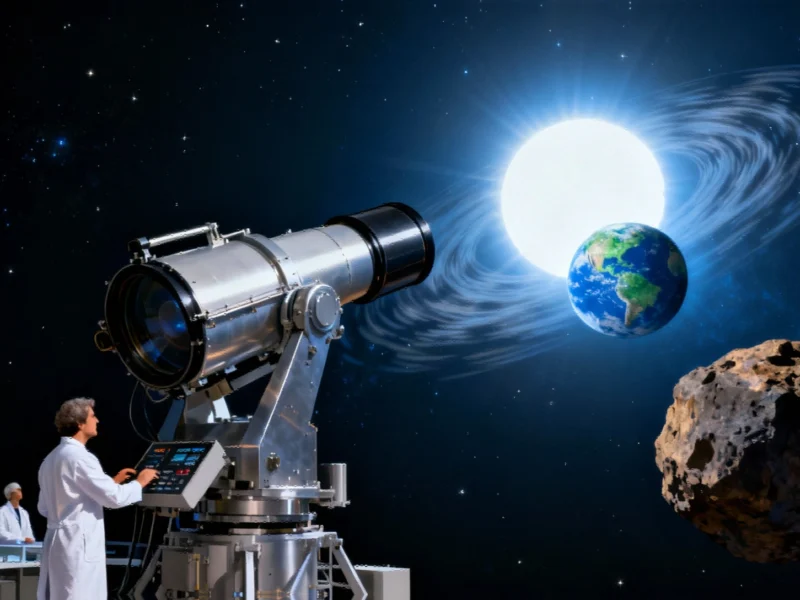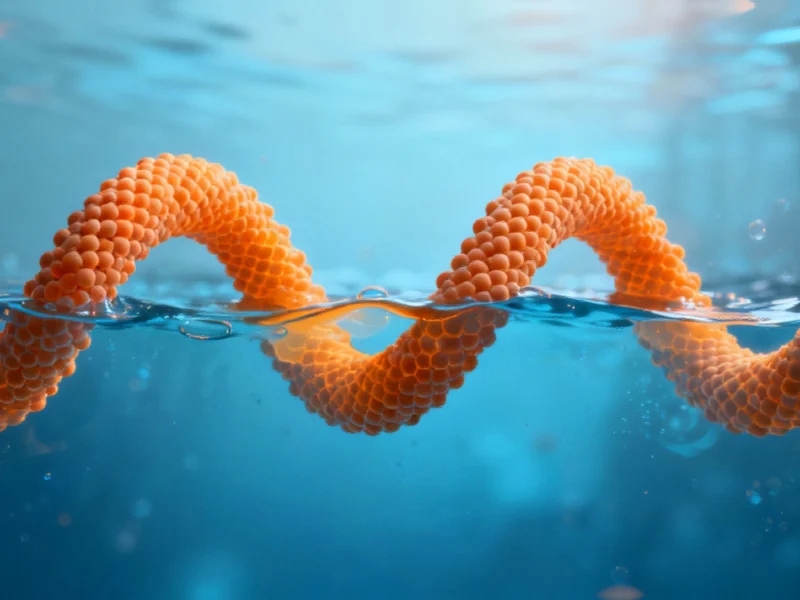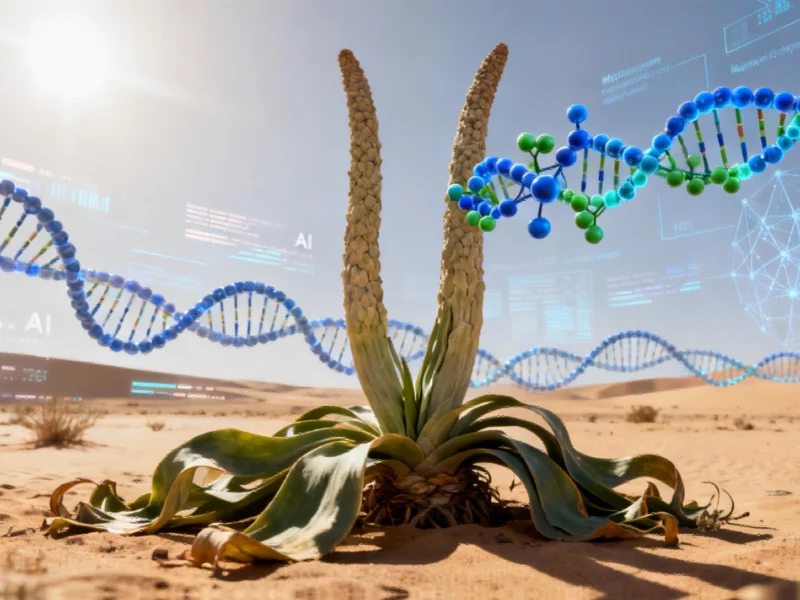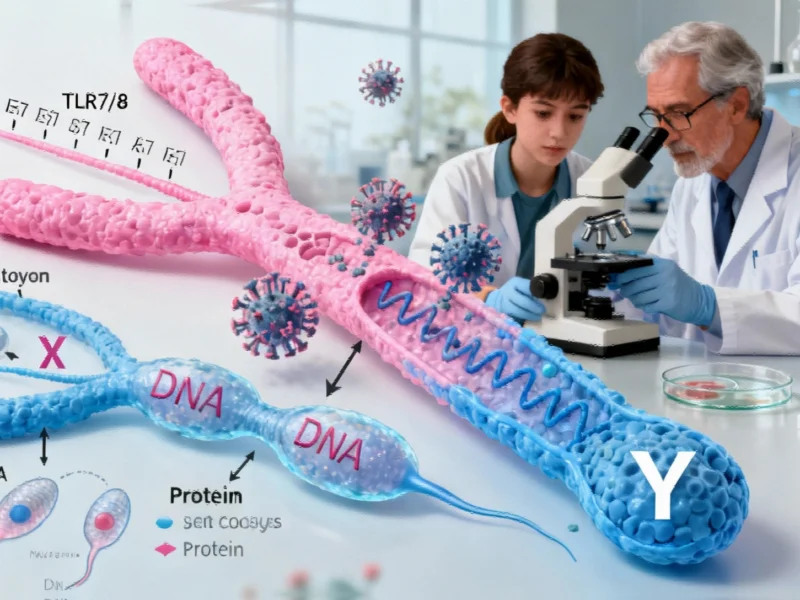Breaking Through Stellar Noise in Planetary Discovery
European researchers are reportedly developing advanced telescopic technology designed to detect Earth-like planets around distant stars by overcoming one of astronomy’s greatest challenges: stellar interference. According to reports from the FIERCE initiative, this breakthrough could significantly advance the search for extraterrestrial life by enabling scientists to identify planets that closely resemble Earth in size and orbital characteristics.
The Challenge of Finding Earth’s Twins
Sources indicate that while astronomers have catalogued approximately 6,000 exoplanets, none match Earth’s specific profile – a rocky planet similar in size orbiting a Sun-like star at a comparable distance. Analysts suggest this gap in discovery reflects fundamental detection challenges rather than absence of such planets. The difficulty arises because planets orbiting bright, Sun-like stars appear comparatively small and their signals become obscured by stellar activity.
“If you look at the surface of the Sun, it looks like a boiling pot of water, speckled with darker and brighter regions,” said Dr. Nuno Santos, the Portuguese astrophysicist leading the research team. “The big issue is that we don’t really understand how to diagnose this noise that comes from the star.”
Innovative Telescope Technology
The research team is developing the Paranal Solar Espresso Telescope (PoET) as part of the EU-funded FIERCE project, which continues through September 2027. This compact 60-centimeter instrument will be installed in Chile’s Atacama Desert, operating alongside the European Southern Observatory’s Very Large Telescope.
Rather than observing distant stars directly, PoET will focus on our own Sun, analyzing the “noise” generated by surface phenomena including granulation patterns and magnetic field variations. The telescope will connect with the ESPRESSO spectrograph, which specializes in separating starlight into different colors to study orbiting terrestrial planets.
Supporting Future Space Missions
The timing of this research is particularly crucial as the European Space Agency prepares for its PLATO mission scheduled for launch in 2026. PLATO will use 26 cameras to search for planets orbiting a million stars, with particular focus on Earth-like worlds around Sun-like stars. The report states that reducing stellar noise with PoET will be essential for PLATO to take precise measurements across hundreds or thousands of light-years.
“We have to find a way to get rid of this noise to be able to fully exploit the data from the upcoming PLATO mission,” Santos explained. “Our hope and our expectation are that PoET will learn enough so that we’ll be able to reduce the noise to the needed level.”
European Leadership in Space Exploration
This research positions Europe at the forefront of exoplanet discovery, supported by the broader EU space programme. The project demonstrates how understanding our own solar system can provide keys to unlocking mysteries throughout the galaxy.
Observations with the new solar telescope are expected to begin by late 2025 and continue for three years. If successful, PoET could provide vital data for PLATO by mid-2026, potentially revolutionizing our ability to detect Earth-like planets throughout our cosmic neighborhood.
The Future of Planetary Discovery
Looking further ahead, missions including NASA’s Habitable Worlds Observatory (anticipated in the 2040s) and Europe’s next major telescope (scheduled for completion by 2030) will build upon these discoveries. These advanced instruments may directly image potentially habitable planets identified by PLATO and search for biosignatures.
“The quest for Earth-like planets orbiting other suns is one of the big questions we have,” Santos stated, emphasizing the fundamental human drive to understand our place in the cosmos. As this research progresses alongside developments in computational technology, scientists suggest we may be on the verge of answering whether life exists beyond our pale blue dot.
This article aggregates information from publicly available sources. All trademarks and copyrights belong to their respective owners.



